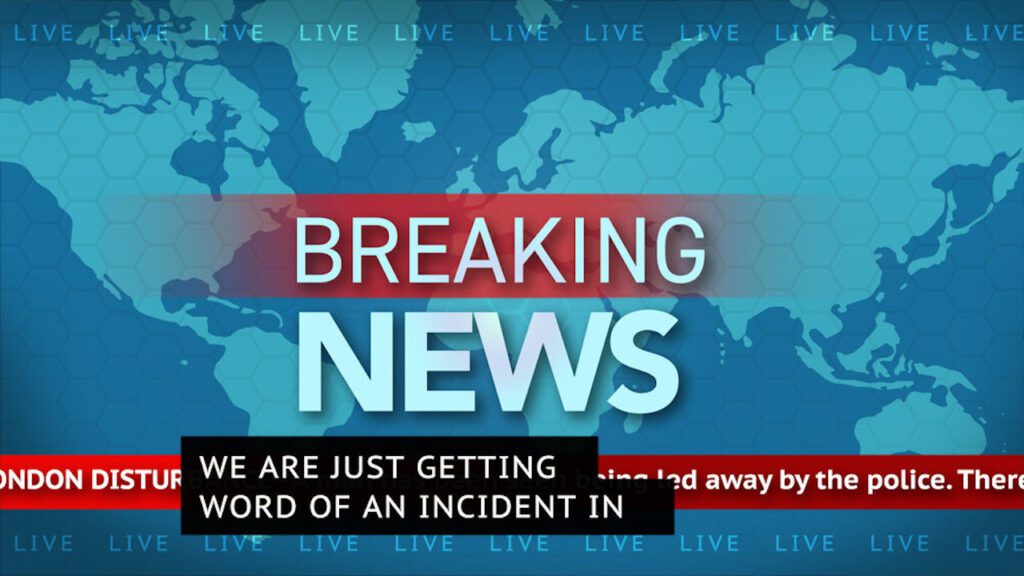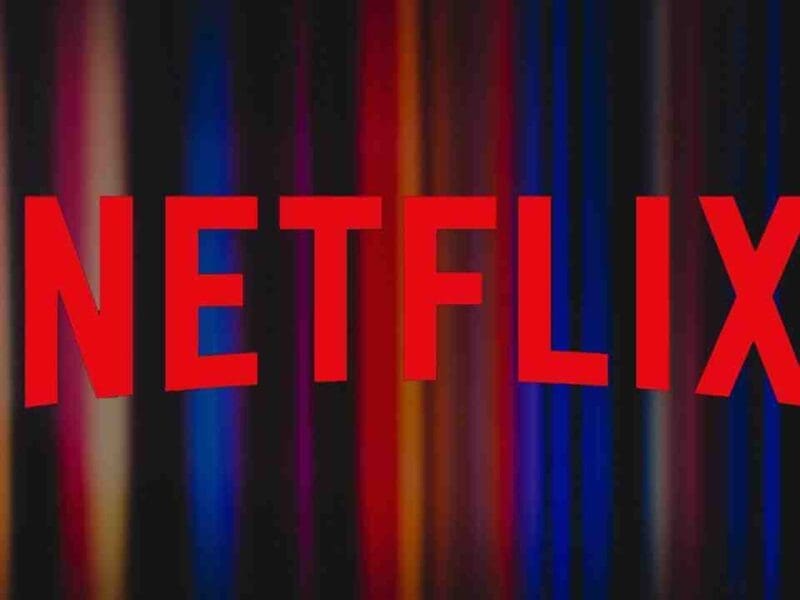
What is Closed Captioning?
Most consumers of any type of visual content are aware of the use of close captioning. This service is able to allow both hearing and non-hearing viewers to understand what is going on on the screen without needing to actually hear the audio of a video.
What is Closed Captioning
First, let’s define what exactly close captioning is and how it is commonly mistaken for subtitles. Closed captioning is actually different from subtitles, although many people incorrectly use them interchangeably.
Subtitles are for viewers that are able to hear but don’t understand the language of a video’s audio. An example of this is when a viewer is watching a foreign piece of video content that has the audio in the original language but the subtitles in the viewer’s native language. They are not suitable for non-hearing viewers because they do not offer enough audio details.

Closed captions are specifically for non-hearing viewers and include non-speech elements such as noises to give viewers more context. This would include cues such as whispers, screaming, banging, etc. They are synced directly with the timing on screen so viewers can read what is happening in the audio in real-time.
Another feature of closed captioning is that it can be turned on or off by the user on videos. They are usually published as a sidecar file which allows for this capability. In most cases, this option is indicated on a video player as a “CC” icon. In the United States, is it required by law that almost all forms of content come with close captioning.
There is a third option which is called Subtitles for the Deaf and Hard-of-hearing, commonly known as SDH. SDH combines closed captions and subtitles together, providing the audio’s language in text and on-screen audio cues. SDH is generally used in places where closed captioning is not available.

What Closed Caption Services Are Available
Closed captions are used for both live and recorded broadcasts. A variety of different types of media use close captions including:
- Video services online such as YouTube
- Broadcast Television
- Marketing and Advertising media
- Higher Education videos and lectures
- Governmental media
Closed Captioning service providers are able to offer an array of services depending on a client’s needs. They can include translation, transcription, secondary audio dubbing, and multi-language services. They also are ready to comply with strict guidelines laid out by governments and other organizations in regard to close caption regulations.
With the increase in social media content, some companies can also integrate with social media platforms and provide captions for all live and pre-recorded social media video content. Platforms such as YouTube even have their own built-in close caption capabilities to make uploading content to their platform easier for content creators.
Closed captioning is an important part of content creation because it helps create a link between those that cannot access its audio and important content like news or entertainment. These services allow consumers of all types to access and enjoy any content they are interested in.







